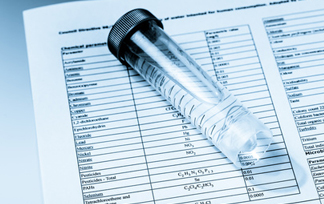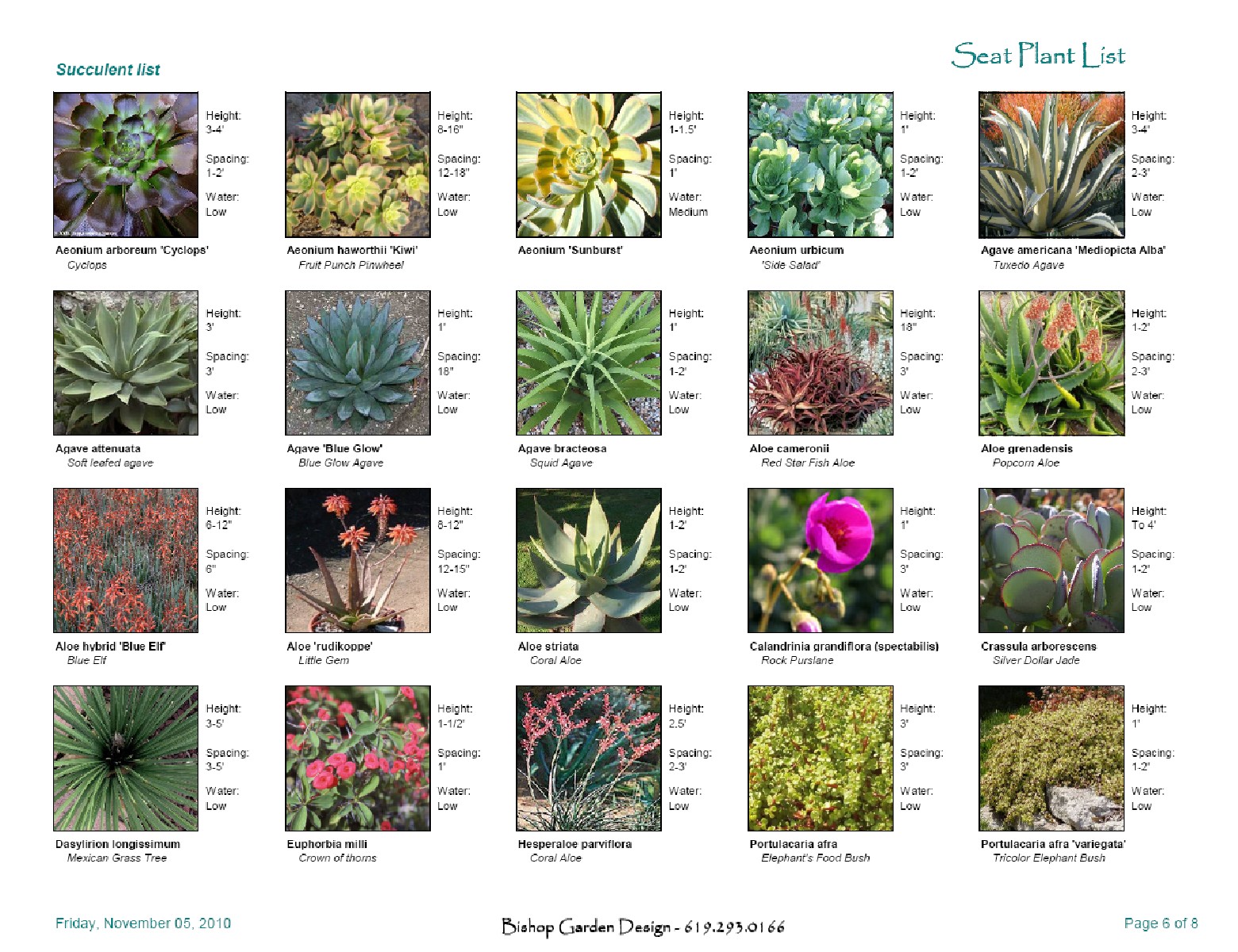
Crystal Clear: The Ultimate Guide on How to Clear the Water in a Koi Pond
Introduction
A serene koi pond with crystal clear water is a breathtaking sight. However, maintaining optimal water clarity can be a challenge for many pond owners. Murky water not only hampers the visual appeal of the pond but also poses a threat to the health and well-being of the beautiful koi fish living within it. Fear not! In this comprehensive guide, we will walk you through the steps on how to clear the water in a koi pond effectively.
1. Understanding the Causes of Murky Water
Before diving into the solutions, it’s crucial to comprehend the reasons behind murky water. Several factors contribute to the cloudiness of pond water, including:
- Excessive fish waste and uneaten food
- High levels of nutrients, such as nitrates and phosphates
- Insufficient filtration system
- Unbalanced pH levels
- Presence of debris and decaying organic matter

2. Optimal Filtration System
Implementing a high-quality filtration system is paramount for maintaining pristine water conditions in your koi pond. The ideal filtration system should consist of three main components:
- Mechanical filtration: Removes debris and particles from the water through media like sieves or brushes.
- Biological filtration: Utilizes beneficial bacteria to break down harmful substances like ammonia and nitrites.
- Ultraviolet (UV) sterilizers: Expose the water to UV light, effectively killing algae and harmful bacteria.
3. Regular Water Testing
To maintain the ideal water parameters and prevent clarity issues, regular testing is crucial. Invest in a reliable water testing kit to monitor the following key parameters:
- pH levels
- Ammonia, nitrite, and nitrate levels
- Hardness and alkalinity levels
- Temperature

4. Balanced Fish Population
Overcrowding your koi pond can lead to increased waste production, which in turn affects water quality. Ensure that your fish population is in harmony with the pond’s size and filtration capacity. Allow enough space for each koi to thrive and grow while maintaining a delicate balance that supports optimal clarity.
5. Aquatic Plants for Natural Filtration
Strategically incorporating aquatic plants in your koi pond not only adds beauty but also aids in natural water filtration. The plants absorb excess nutrients, release oxygen, and provide shade to regulate temperature. Consider adding plants like water lilies, lotus, and submerged plants to improve water clarity.

6. Regular Water Changes
Performing regular water changes is vital to maintain water quality and clarity. Partial water changes help remove accumulated toxins and dilute excess nutrients. Aim to change about 10-15% of the water every week, ensuring that the new water is dechlorinated and of similar temperature to the pond.
7. Proper Maintenance Practices
Establishing a routine maintenance schedule is crucial for a pristine koi pond. Here are some essential maintenance practices to incorporate:
- Skimming and removing debris from the surface using a pond net
- Pruning and removing dying leaves or excess vegetation
- Regularly cleaning filters and ensuring their optimal functionality
- Monitoring and maintaining pumps, tubing, and other equipment
- Applying beneficial bacteria supplements to support water quality
8. Algae Control
Algae can quickly become a nuisance, causing water to turn green and reducing visibility. Implement preventive measures like:
- Minimizing exposure to sunlight by providing adequate shading
- Ensuring proper filtration and circulation
- Removing excess organic matter and debris
- Using algaecides or ultraviolet clarifiers as a last resort

9. Supplemental Tools and Techniques
In certain cases, you may need additional tools and techniques to maintain optimal water clarity:
- Aeration systems to increase dissolved oxygen levels
- Protein skimmers for efficient removal of dissolved organic compounds
- Polymeric flocculants to clump together fine particles for easier removal
- Automatic top-off systems to replenish evaporated water
10. Seeking Professional Assistance
If you find it challenging to clear the water or face persistent clarity issues, don’t hesitate to seek professional help. Experienced pond technicians or certified koi hobbyists can provide guidance tailored to your specific situation and offer expert recommendations.
Conclusion
With the knowledge gained from this guide, you can now take confident steps towards achieving a picture-perfect and healthy koi pond. Remember, a proactive approach, regular maintenance, and implementing proper water management techniques are the keys to keeping your koi pond water beautifully clear!